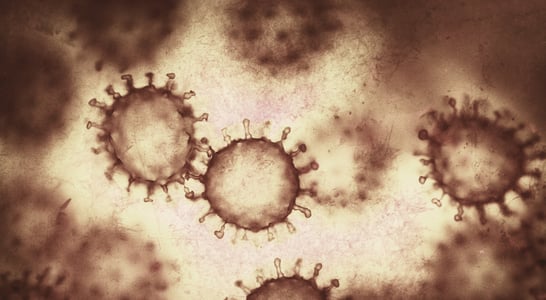
Cervical Cancer Awareness Month
Unveiling insights on women's health, exploring preventive measures, empowering communities to champion well-being beyond boundaries.
Cervical cancer is developed in the cervix, which is the entrance from the vagina to the uterus. 99% of cases of cervical cancer are linked to a persistent infection of the human papilloma virus (HPV), which is a sexually transmitted disease. Because there is a vaccine against HPV, cervical cancer is a highly preventable disease, in up to 93% of cases.
How to Observe Cervical Cancer Awareness Month
The purpose of this event is obviously to prevent and end the impact that cervical cancer has on women. This can be accomplished in a variety of ways in honor of Cervical Cancer Prevention Month, at this time and all throughout the year. Check out some of these ideas to get involved:
Get Screened
Doctors typically recommend that adult women get PAP and HPV screenings every 3 to five years, depending on their specific situation and risk factors. Perhaps using Cervical Cancer Awareness Month as a reminder, be sure to schedule an appointment with a family practitioner or OB-GYN along with other regular health checkups.
Get Educated
The more people know, the more they can make helpful and informed decisions about their own health as well as the well-being of their families and communities. Cervical Cancer Awareness Month opens up the conversation about the cause of this disease and how to work against it. Consider and share some of these facts about cervical cancer:
-
Globally, cervical cancer is the fourth most common cancer in women with approximately 600,000 new cases every year
-
Every two minutes a woman from somewhere in the world dies of cervical cancer
-
9 out of 10 cervical cancer deaths occur in low- or middle-income countries
-
Early detection and treatment of HPV can prevent up to 80% of cervical cancer cases in higher-income countries
Get Vaccinated
Women and girls from ages 9-26 who have not yet been vaccinated for HPV should have an honest conversation with their doctor about the pros and cons of getting the HPV vaccination. Preventative care is vital, even for women who are not necessarily sexually active at the moment and this can be a good way to observe Cervical Cancer Awareness Month.
The US Centers for Disease Control and Prevention (CDC) recommends starting the two-dose vaccination to prevent HPV and related cervical cancer around ages 11-12. If started after the age of 15, it may be a three-dose vaccination course.
History of Cervical Cancer Awareness Month
Cervical Cancer Awareness Month is an initiative by the World Health Organization (WHO) as well as many of its partners with the purpose of raising awareness about cervical cancer and educating women on the actions they can take toward prevention.
Cervical Cancer Awareness Month seeks to educate communities about the vaccines to prevent HPV and cervical cancer, methods to screen for cervical cancer and important facts to learn to become more educated and informed.
Each year, a theme for Cervical Cancer Prevention Month is chosen to provide a focus for individuals, health care providers and community influencers who are working toward ending cervical cancer. Some themes have included:
- Elimination of Cervical Cancer (2022)
- Learn. Prevent. Screen. (2024)
- Ending Cervical Cancer within a Few Generations (2023)
Also in ...
View all holidaysPolar Bear Plunge Day
Taking a chilly plunge, all for a noble cause — uniting people in a frozen adventure to support those in need.
National Bloody Mary Day
Start your morning with a refreshing tomato juice and vodka cocktail, swap in different spirits or pair with crackers, olives and cheese.
Global Family Day
Each year, Global Family Day comes with opportunities to celebrate the importance of the family unit as a building block for a better tomorrow.
National Hangover Day
Spare a moment for anyone who has ever been to a New Year’s Eve party and had a bit too much to drink...








